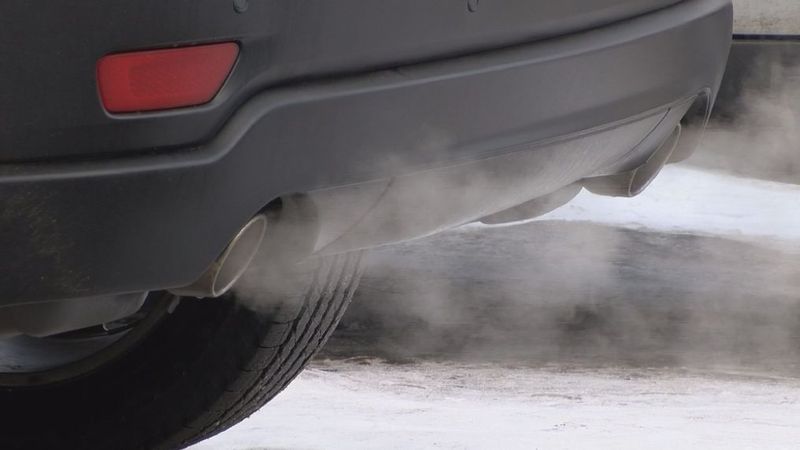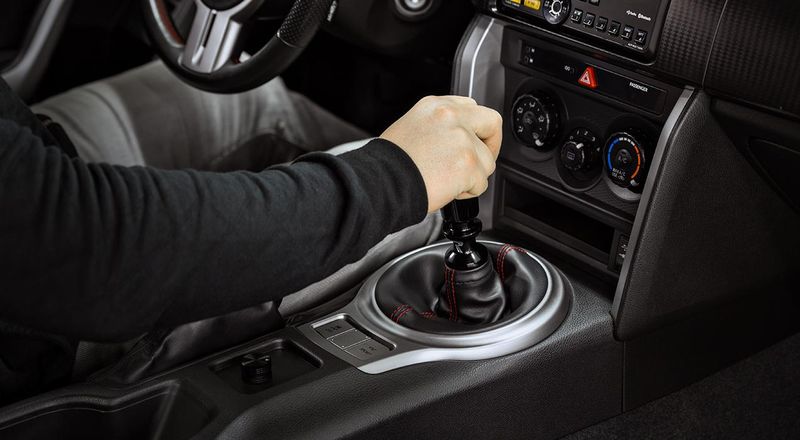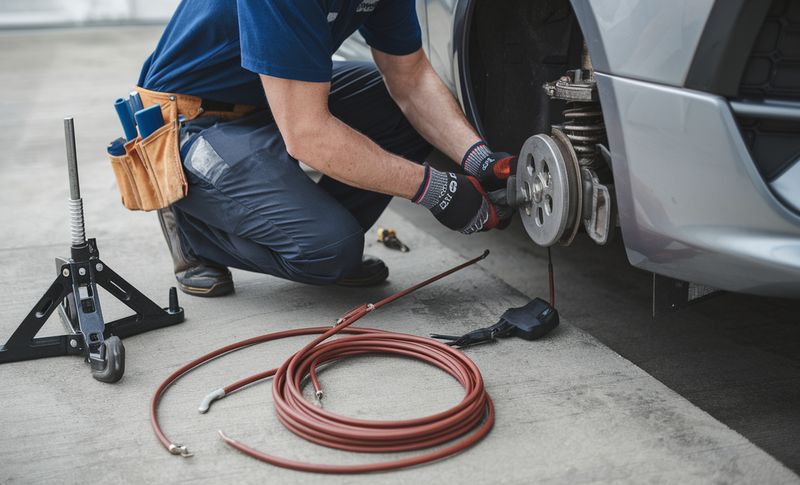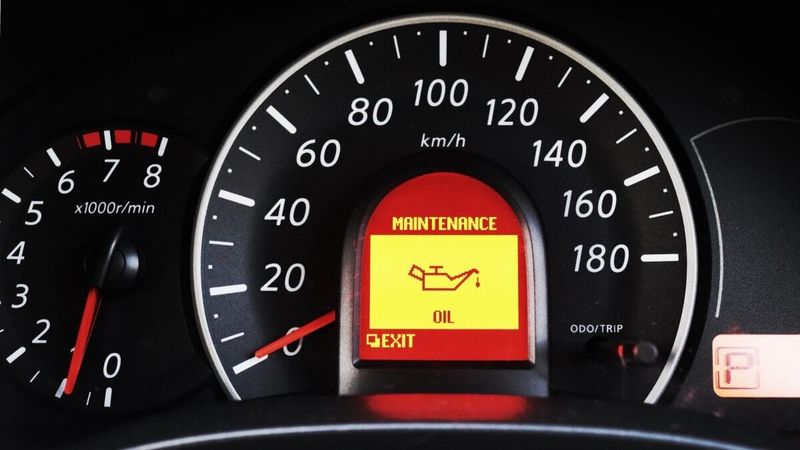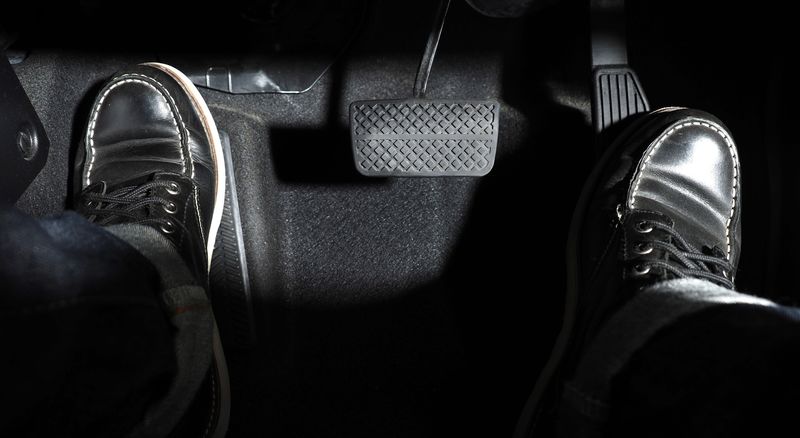Car maintenance isn’t just about regular oil changes and tire rotations. It’s also about the little habits we develop behind the wheel.
Many baby boomers learned to drive when cars were built differently, and some of those old-school practices can actually harm today’s modern vehicles. Let’s look at some common habits that might be damaging your car without you even realizing it.
1. Warming Up the Engine Too Long in the Driveway
Remember when dad would start the car and let it run for 10 minutes before anyone could get in? That made sense for older carbureted engines, but modern fuel-injected vehicles are different beasts entirely.
Today’s cars warm up more efficiently by being driven gently right away. Extended idling wastes fuel, increases emissions, and can actually cause engine wear by allowing oil to thin out before proper circulation.
The best approach? Start the car, wait about 30 seconds for oil to circulate, then drive gently until the engine reaches operating temperature. Your wallet and the environment will thank you.
2. Riding the Brakes on Downhills
The familiar glow of brake lights all the way down a mountain pass reveals a common driving mistake. Constantly pressing the brake pedal on long descents causes brake components to overheat, leading to brake fade and accelerated wear.
When brakes get too hot, they lose stopping power—exactly when you need it most! The friction material literally burns away with each downhill ride.
Smart drivers downshift to a lower gear instead, using engine braking to control speed. This technique saves your brake pads and rotors while maintaining better control, especially on steep or winding roads.
3. Resting a Hand on the Gear Shifter
It looks cool in racing movies—one hand on the wheel, the other casually draped over the shifter. Unfortunately, this relaxed driving position puts constant pressure on delicate transmission components.
Manual transmissions contain shift forks that move gears into position. The weight of your hand pushes these precision parts against spinning gears, causing premature wear. Over time, this can lead to transmission problems that cost thousands to repair.
Keep both hands on the wheel except when actively changing gears. Your transmission will last longer, and you’ll have better control of your vehicle in emergency situations.
4. Using the Parking Brake Only on Hills
Many drivers only reach for the parking brake when facing a steep incline. This selective use can actually cause the mechanism to seize up from disuse, making it unavailable when you really need it!
Regular use keeps cables moving freely and components properly adjusted. Without it, all the vehicle’s weight rests on a tiny parking pawl inside the transmission—a part never designed to be the sole thing keeping your car in place.
Make the parking brake part of your routine every time you park, regardless of terrain. Your transmission will experience less stress, and the brake itself will remain in proper working order.
5. Topping Off the Gas Tank After the Nozzle Clicks
That satisfying click when pumping gas isn’t just a suggestion—it’s your fuel system saying “I’m full!” Squeezing in those extra few cents of fuel after the automatic shutoff can cause serious problems.
Modern vehicles have evaporative emissions systems that capture fuel vapors. Overfilling floods these systems with liquid gasoline, damaging the charcoal canister and other components designed only for vapor.
Repairs to these systems often cost hundreds of dollars. Plus, that extra fuel you forced in might just end up leaking onto the ground or being sucked back into the station’s vapor recovery system anyway.
6. Ignoring the Check Engine Light Until Something Breaks
“It’s probably just a sensor” is the famous last words before a $2,000 repair bill. That amber warning light means your car’s computer has detected something outside normal parameters—and it’s rarely nothing.
Small issues like a loose gas cap or minor misfire can quickly escalate into catalytic converter failure or serious engine damage if ignored. Modern engines run with incredibly precise tolerances that don’t tolerate neglect.
Auto parts stores often scan check engine codes for free. Getting that light diagnosed promptly can mean the difference between a simple fix and a major mechanical disaster that leaves you stranded.
7. Using Cheap Gas or Oil Regardless of Manufacturer Specifications
The “any oil will do” mentality made sense when engines were simpler, but today’s powerplants are engineering marvels with specific requirements. Using the wrong fuel or lubricant is like putting diet soda in a coffee maker—technically a liquid, but not what the system needs.
Modern turbocharged and high-compression engines often require premium fuel to prevent knocking and damage. Similarly, using conventional oil in an engine designed for synthetic can accelerate wear dramatically.
Your owner’s manual isn’t just decoration—it contains the exact specifications your vehicle needs. Following these guidelines might cost a bit more upfront but saves thousands in prevented repairs.
8. Shifting from Reverse to Drive Without Stopping
The quick reverse-to-drive shuffle might save seconds in a parking lot, but it creates shocking forces inside your transmission. That “clunk” you hear isn’t just noise—it’s expensive components colliding violently.
Automatic transmissions contain planetary gears, clutch packs, and bands that engage different gear ratios. Shifting while still moving forces these precision parts to slam together under load, accelerating wear exponentially.
Always come to a complete stop before changing directions. Those brief pauses add up to thousands of miles of additional transmission life—a worthy trade for the few seconds saved by aggressive shifting.
9. Believing Oil Changes Should Always Happen Every 3,000 Miles
The 3,000-mile oil change was gospel for decades, but technology has evolved dramatically. Modern synthetic oils and tighter engine tolerances have extended service intervals significantly—often to 7,500, 10,000, or even 15,000 miles.
Following outdated maintenance schedules wastes your money and natural resources. Synthetic oils maintain their protective properties much longer than conventional oils ever could.
Check your owner’s manual for the manufacturer’s recommended interval. Many newer vehicles even have oil life monitoring systems that calculate the optimal change time based on your actual driving conditions, taking the guesswork out completely.
10. Driving with Two Feet (in Automatics)
Using your left foot for the brake and right foot for the gas might seem like faster reaction time, but it creates dangerous driving situations. Most two-footed drivers unconsciously rest their left foot lightly on the brake, causing constant friction.
This habit triggers brake lights unnecessarily, confusing drivers behind you. It also creates excessive heat that glazes brake pads and warps rotors, while wasting fuel by making the engine work against partial braking.
Racing drivers use two feet in specific competitive situations, but for everyday driving, the right-foot-only approach remains safest. Your brakes will last longer, and you’ll avoid sending mixed signals to other drivers.
11. Using Tap Water in the Radiator
The garden hose might be convenient when your coolant is low, but tap water is your cooling system’s enemy. Ordinary water contains minerals that form scale deposits inside your engine’s cooling passages, restricting flow and reducing heat transfer.
These deposits build up gradually, acting like plaque in arteries. Water also freezes at higher temperatures than proper coolant, risking cracked blocks in winter, and lacks the corrosion inhibitors that protect aluminum components.
Always use distilled water mixed with the correct antifreeze for your vehicle. The small extra cost prevents expensive repairs to radiators, water pumps, and heater cores down the road.

